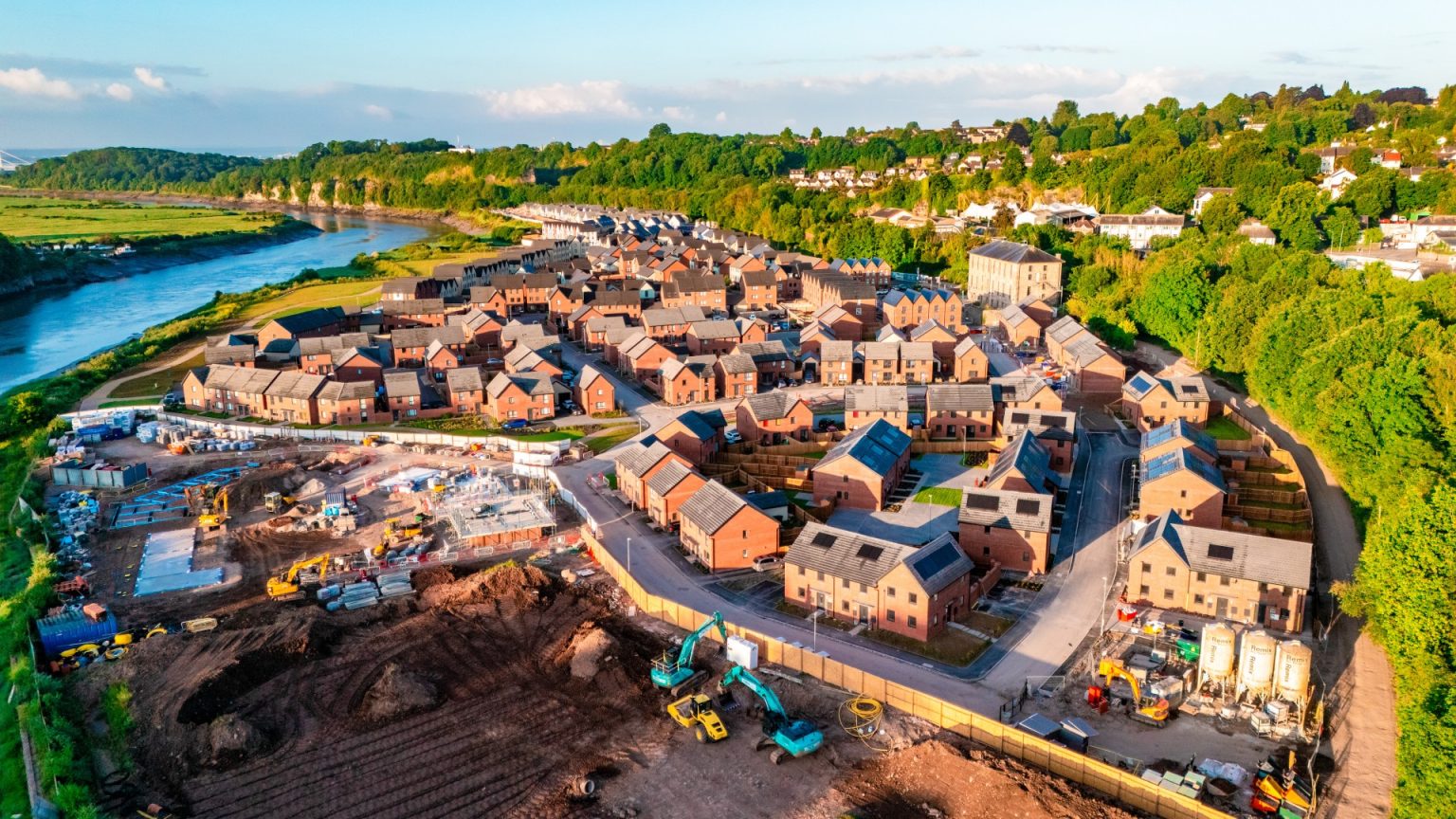The dream of homeownership, once symbolized by the sturdy English castle, has dwindled into a precarious reality for many aspiring homeowners. Today’s “castle” is often a cramped flat, burdened by high mortgage payments and lacking the charm and security associated with traditional homeownership. This stark contrast underscores the growing housing crisis in Britain, fueled by a widening gap between population growth and the stagnant rate of new home construction. The root of the problem lies in the pervasive “Not In My Backyard” (NIMBY) and even more extreme “Build Absolutely Nothing Anywhere Near Anyone” (BANANA) attitudes prevalent throughout the country. These sentiments create significant roadblocks to development, hindering efforts to address the critical housing shortage.
Labour’s ambitious pledge to build 1.5 million homes over the next five years offers a glimmer of hope, albeit one fraught with challenges. Deputy PM and Housing Secretary Angela Rayner’s commitment to overhaul planning regulations to expedite housing projects will undoubtedly face strong resistance from communities across the country. This resistance highlights the inherent tension between the urgent need for housing and the localized concerns about development’s impact on existing communities. The historical failure of previous governments to achieve comparable construction targets underscores the magnitude of the task ahead. Furthermore, the sheer scale of the housing shortage necessitates a multifaceted approach that extends beyond residential construction.
The current housing crisis extends beyond just homes. Britain faces a critical infrastructure deficit, lacking sufficient roads, railway lines, power stations, reservoirs, prisons, hospitals, factories, and airports. This widespread inadequacy stems from the pervasive NIMBYism that obstructs the development of essential infrastructure, despite its acknowledged necessity. While most people recognize the need for these facilities, few are willing to accept them in their immediate vicinity. This paradox has paralyzed development, exacerbated by environmental regulations that prioritize the habitats of protected species over the urgent need for housing and infrastructure. The absurdity of this situation, as rightly pointed out by Angela Rayner, demands a reassessment of priorities to facilitate the construction of vital projects.
The urgency to address Britain’s building deficit cannot be overstated. The housing shortage is intensifying due to a confluence of factors, including significant immigration, increasing longevity, delayed marriages, and rising family breakdowns. These pressures necessitate a proactive approach to boost housing supply, rather than merely focusing on demand-side measures like cheaper loans. While Labour’s pledge represents a significant step forward, it falls short of the estimated millions of new homes actually needed. This shortfall necessitates challenging conventional thinking about land use, including reconsidering the sanctity of the green belt surrounding major cities, much of which is neither green nor pleasant.
Building more homes isn’t just about providing shelter; it’s about stimulating economic growth, reducing the burden on taxpayers, and fostering a more equitable society. A mass house-building program would create jobs, alleviate the strain on the housing benefit system, and lower housing costs, freeing up household budgets for other essential expenses. Moreover, increased housing affordability could encourage larger families, mitigating the demographic challenges posed by an aging population. These broader benefits underscore the importance of prioritizing construction despite the inevitable objections from NIMBYs, BANANAs, and environmental activists. The need for housing outweighs localized resistance, and the long-term advantages of a comprehensive building program are undeniable.
Beyond the housing debate, the tragic death of ten-year-old Sara Sharif highlights another critical issue: the systemic failures in child protection services. Sara’s brutal murder, preceded by numerous missed opportunities to intervene, exposes the inadequacy of existing safeguards for vulnerable children. Despite clear warning signs, including 71 external injuries and 29 broken bones, authorities repeatedly failed to protect Sara from her abusive father and stepmother. This tragic case echoes previous child abuse scandals, raising serious questions about the effectiveness of social services, police, and the courts in protecting children at risk. The recurring pattern of “lessons learned” followed by further tragedies demands a fundamental overhaul of the child protection system to prevent future atrocities. Sara’s death must serve as a catalyst for meaningful change, ensuring that vulnerable children receive the protection they deserve.










